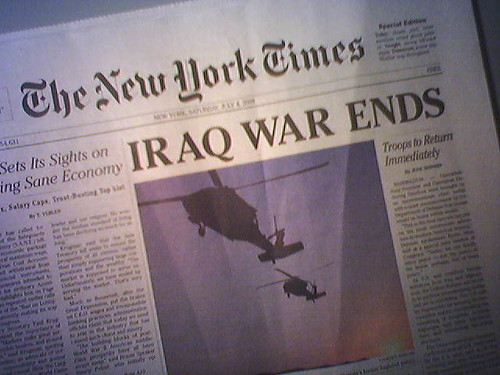As I work on Nickel I realize that normal people don’t understand life insurance. It’s so important to protect our families from financial problems and yet frustratingly difficult to understand.
So I tried setting down in as few words as possible the process of getting basic coverage. Here’s my first draft:
Life insurance pays your family a large sum of money when you die (or pays you when your spouse dies). These days most of us have some sort of debt (for example, a mortgage) and expenses (children’s college tuition) that our family could have trouble paying without our salary. Life insurance solves this problem.
It works like other insurance: you get a policy, you pay for it every year, and when something bad happens the insurance company pays up.
How to buy life insurance:
1. Figure out how much life insurance you need so your family doesn’t have to pay it all off without you. Add these together:
* How much you owe on your mortgage
* How much you owe on any other debts you haveThen figure out how much more insurance you would like. Add these together:
* The cost of big expenses now or in the future, like college tuition
* Extra money to help your spouse. Remember, she/he will be grieving after you die and not necessarily ready to start hunting for a better job.Add all of the above. That’s the “coverage” you need, the amount of the policy. For some people $100,000 is enough, others need $1 million or more.
2. Ask friends and family for a life insurance agent or financial planner they trust. Buy the insurance through them. Do not pay them. They are paid a commission by the life insurance company, so you are essentially getting free advice. Also, ask him or her to explain how to deduct the cost of the insurance on your taxes.
3. Sign up for a simple “Term Insurance” policy (start simple; you can always get more coverage later). You’ll fill out some forms, answer questions about your health, and maybe have to get a physical. Answer all questions honestly. And pay your bill every year.


